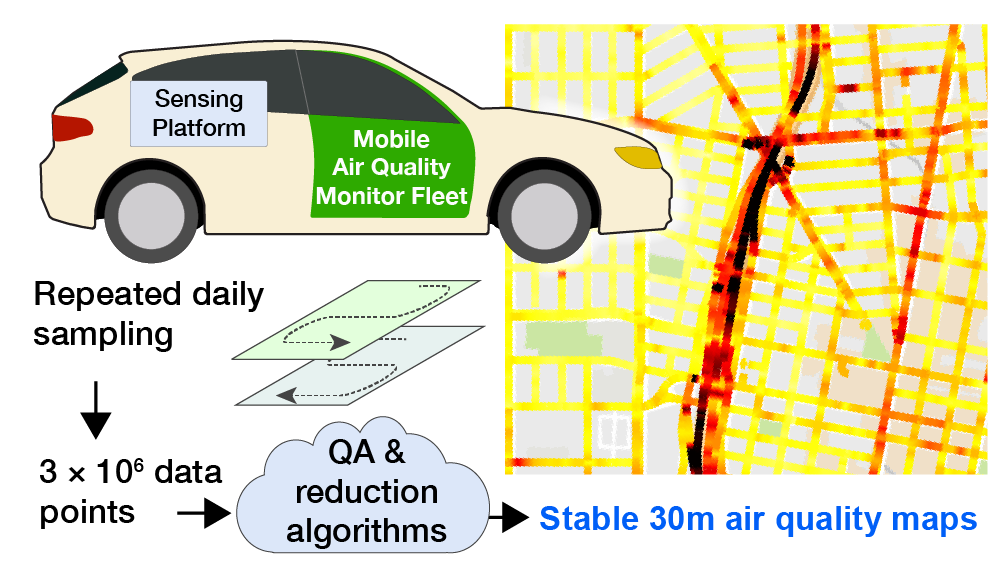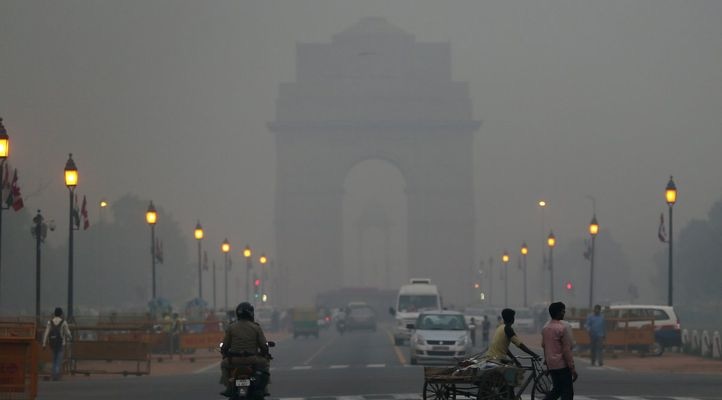
Research
We study human exposure to air pollution in the built environment. Our research investigates the relationships between emissions, concentrations, exposure, and health effects to inform more effective strategies for reducing the impacts of built infrastructure on energy, air, climate, and health. We have a special interest in applying these insights to fast-growing regions of the developing world and to understanding considerations of environmental justice and equity.
Our research is multi-disciplinary and multi-method, spanning environmental engineering, aerosol science, exposure assessment, data science, and environmental health. Our methods include field and laboratory experiments, statistical and mathematical modeling, and data analysis. We integrate strands of each of these techniques to help develop the environmental sensing infrastructure of tomorrow: hierarchical systems of sensors and models that provide a rich understanding of where air pollution comes from, how it evolves, and who it impacts.
Mapping air pollution with Google Street View cars
In partnership with Google, Environmental Defense Fund, and Aclima, we are mapping urban air quality using specially equipped Google Street View cars. We have developed sampling strategies and data analysis algorithms to convert routine mobile air quality measurements into hyper-local maps of urban air quality at 30 meter resolution. Our recent work reports on an unusually rich dataset of gas- and particle-phase measurements for the San Francisco Bay Area.
Outdoor air pollution in South Asia
Particle air pollution in South Asia - especially across the Indo-Gangetic basin in Northern India, Pakistan, Nepal, and Bangladesh - ranks among the most severe in the world. In India alone, hundreds of millions of people are exposed to PM 2.5 concentrations an order of magnitude greater than World Health Organization guidelines. However, fundamental aspects of our understanding of particle air pollution in India are incomplete. To inform effective policies to reduce exposures and improve public health, we are investigating the emissions and physicochemical processes that affect PM concentrations and composition. Our research includes field- and laboratory-based experiments and modeling studies. Several of our current studies focus on Delhi and Bangalore.
Global health benefits of cleaner air
Ambient particulate matter (PM2.5) is a major global risk factor for ill-health and death. We investigate the potential health benefits from improvements in global and regional air quality, addressing this important question: by how much would PM2.5 levels need to improve in order to substantially reduce mortality impacts? The scale of this challenge is strongly affected by the nonlinear relationship between air pollution and mortality.



